Solar storm alert: CME set to spark Geomagnetic storm soon, beautiful auroras likely
NASA says a geomagnetic storm could be on the cards after a “canyon of fire” CME was hurled out towards Earth on March 17, which could trigger auroras too. Know all about this solar storm alert.

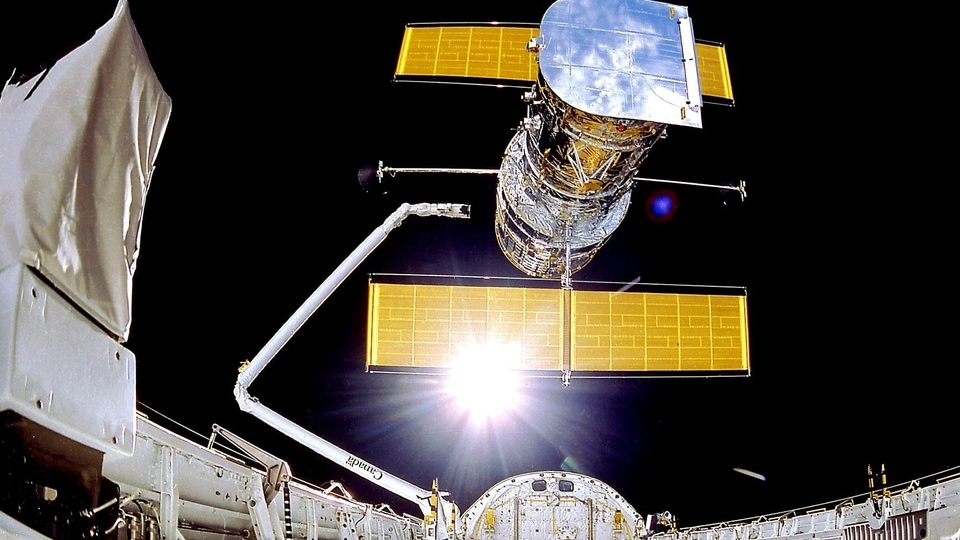
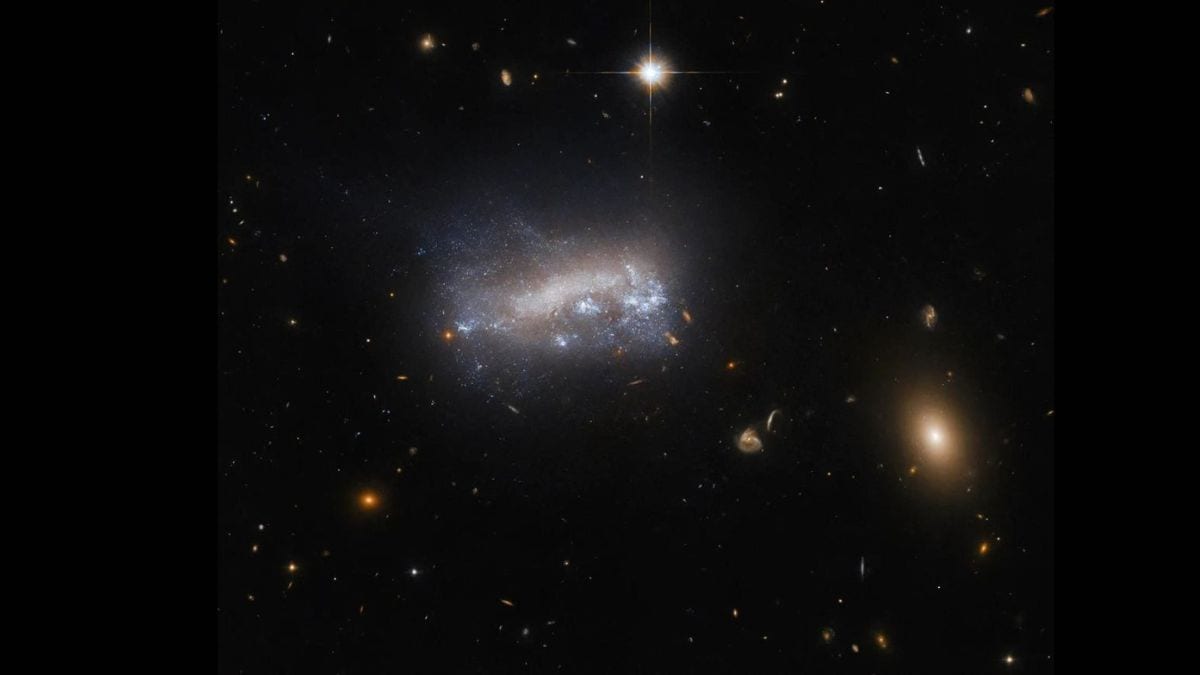
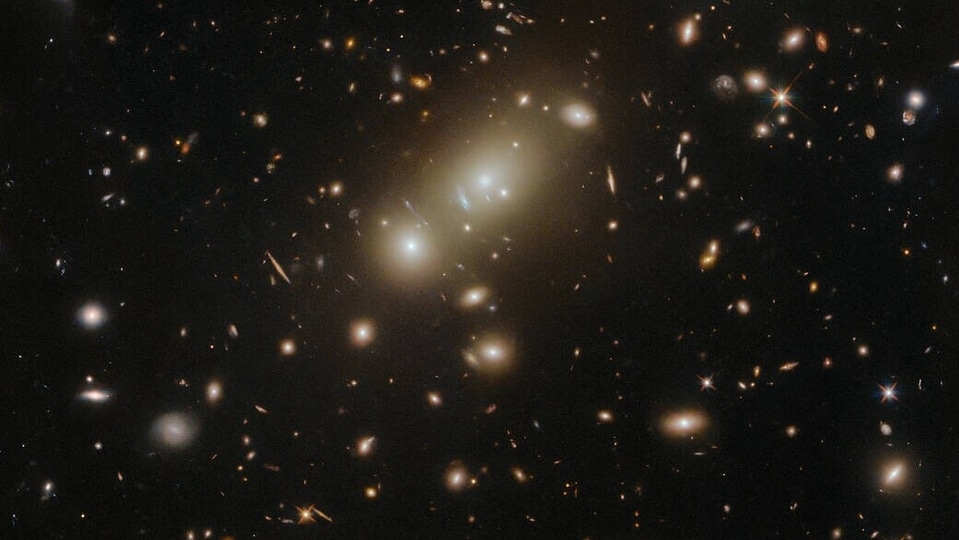
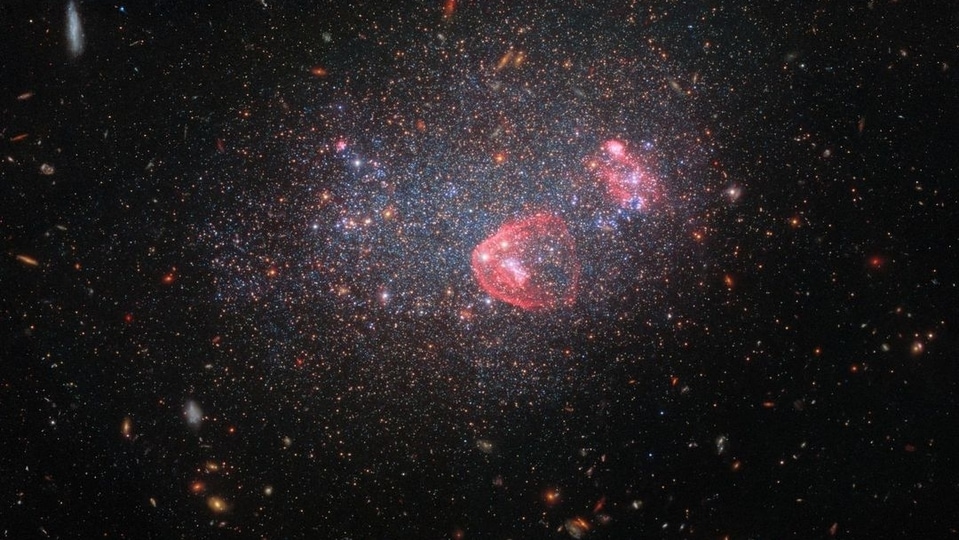
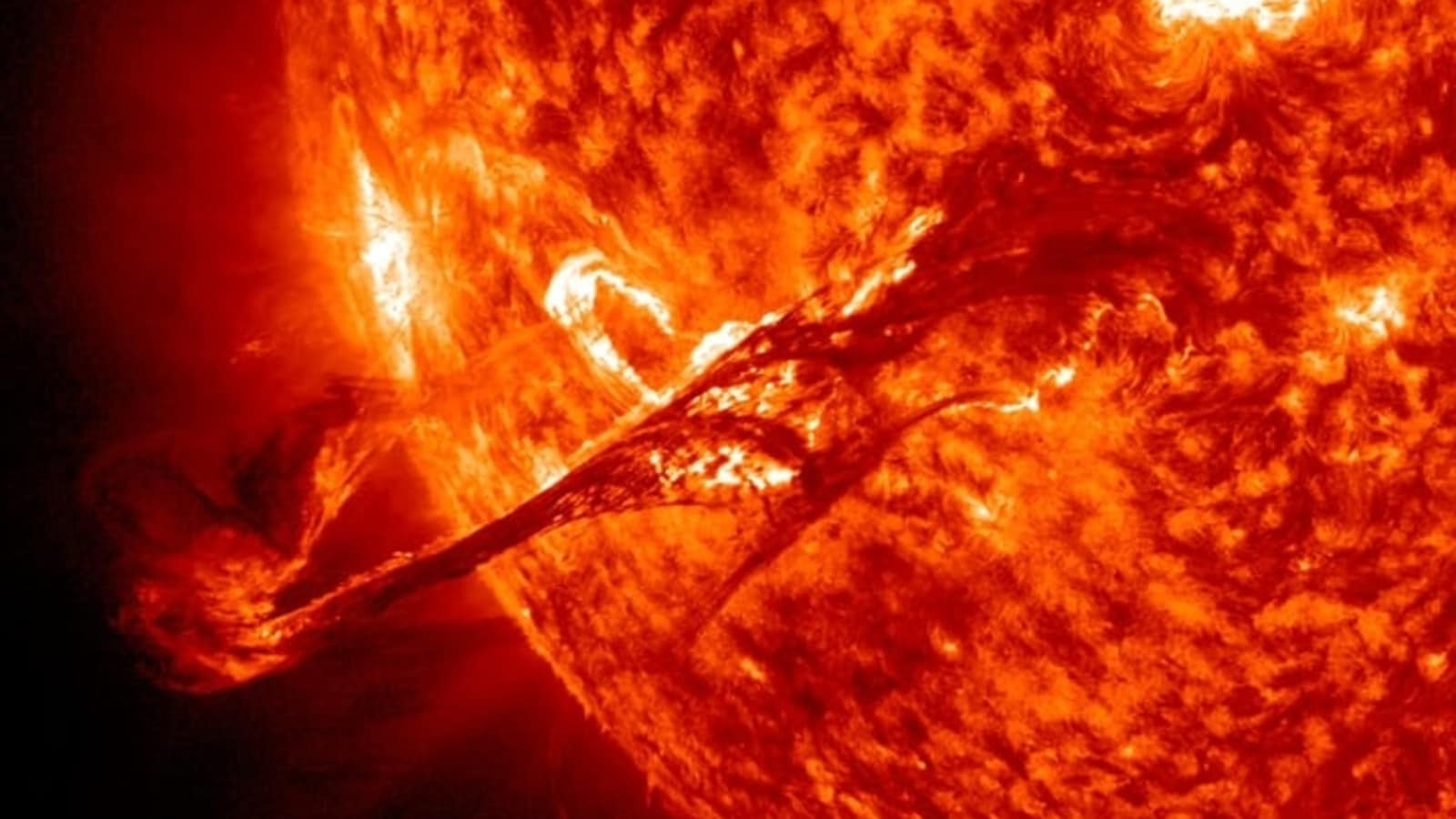
 View all Images
View all ImagesSolar storm alert: On March 17, a big Coronal Mass Ejection (CME) erupted on the surface of the Sun. This CME is now on course for Earth and it could spark a geomagnetic storm soon, raising a potential threat of a solar storm. This development comes just days after another CME grazed Earth's magnetic field, triggering a minor G1-class geomagnetic storm. Know all about this solar storm alert.
Also Read: NASA prepares for solar storm surge as new research unravels complexity of solar phenomena
Solar storm alert
According to a SpaceWeather report, NASA's Solar Dynamics Observatory recorded a huge eruption of the solar surface where a CME was expelled. This CME is being called a “Canyon of Fire". The space agency has modelled the data and revealed that this solar storm cloud is now approaching Earth. Consequently, forecasters have issued a solar storm alert as this CME is now expected to graze Earth's magnetic field on March 20, and it could trigger a G1-class geomagnetic storm.
Furthermore, the report suggests that this geomagnetic storm could result in auroras in high latitudes, especially on the first night of the Northern Spring.
The report states, “Yesterday's "canyon of fire" CME (described below) could graze our planet's magnetic field on March 20th. If so, the timing would be perfect for equinox auroras. At this time of year, even a glancing blow from a CME can spark geomagnetic storms thanks to the springtime Russell-McPherron effect.”
This impact comes at a time when the Russell-McPherron effect is in play. During this period, even minor solar winds have the potential to cause geomagnetic storms. But why does this happen?
Also Read: Geomagnetic storm on the cards due to possible CME impact
About the Russell-McPherron effect
The Vernal Equinox has now arrived, due to which the Russell-McPherron effect has now come into play. During this time, the Sun is positioned directly above the equator, resulting in day and night being of the same duration. Along with this, a semiannual variation in the effective southward component of the interplanetary field is also observed. This causes cracks in Earth's magnetic field, through which even weak solar winds can seep through and trigger solar storms.
One more thing! We are now on WhatsApp Channels! Follow us there so you never miss any updates from the world of technology. To follow the HT Tech channel on WhatsApp, click here to join now!
Catch all the Latest Tech News, Mobile News, Laptop News, Gaming news, Wearables News , How To News, also keep up with us on Whatsapp channel,Twitter, Facebook, Google News, and Instagram. For our latest videos, subscribe to our YouTube channel.





























